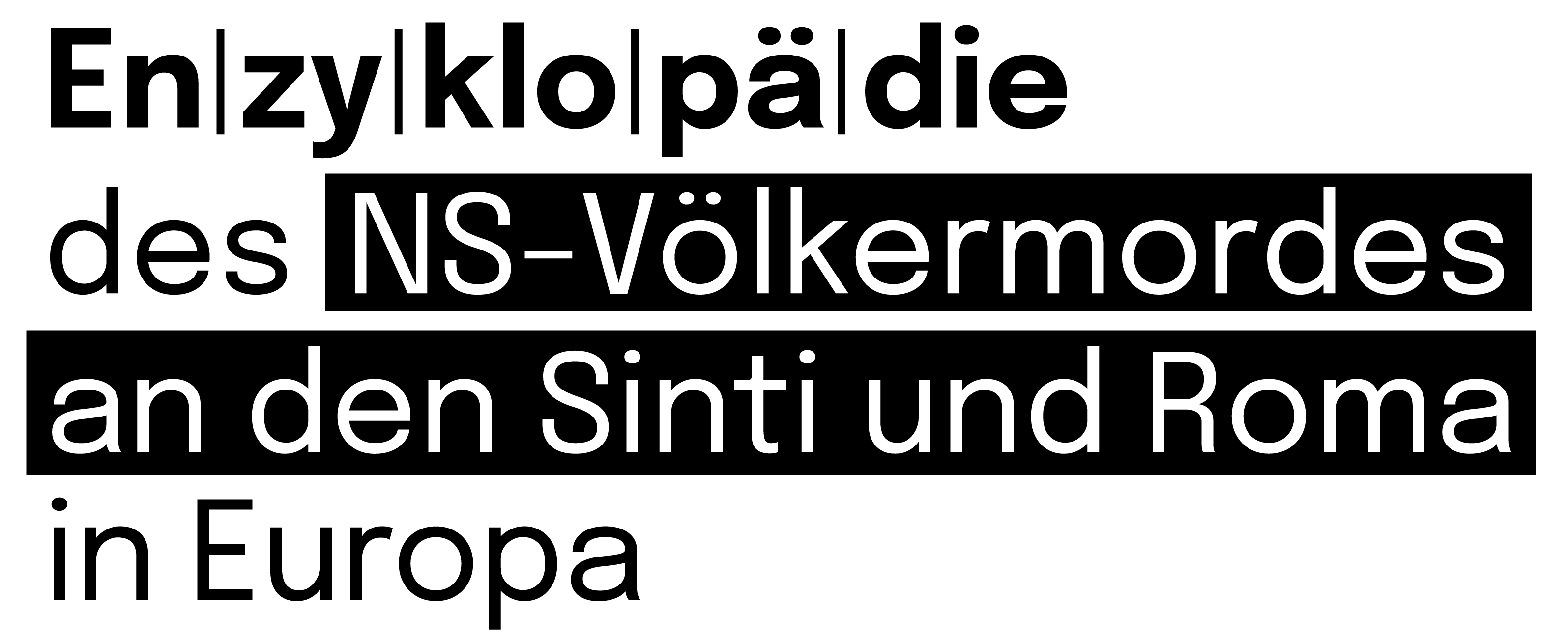The Danica camp, founded on 15 April 1941, was one of the first concentration camps established by the authorities in the Independent State of Croatia. It was located on the abandoned site of the former artificial fertiliser factory ‘Danica’ near Koprivnica. About 5,000 inmates passed through the camp, most of them Serbs and Jews, followed by Roma and Croatians.
The inmates were housed separately by nationality and gender in overcrowded factory buildings and barracks. Their property was systematically confiscated (looted), especially food parcels. There was no forced labour, but the inmates cleaned the area of the camp themselves, and later worked on minor infrastructure works (filling in trenches after the defeat of the army of the Kingdom of Yugoslavia).
Camp inmates were exposed to frequent violence by the camp guards, and some of them were tortured and killed. The Danica camp mainly served as a transit camp and was already emptied of most inmates at the end of 1941. On 1 September 1942 it was finally closed in consideration of the low inmate numbers and the growing partisan pressure in this area.
Deportation of Roma
At the end of July and early August 1941, the Roma population of the wider area of Koprivnica was transported to this camp, and a small number of Roma was also transported from the areas of Bjelovar, Donja Stubica, Đurđevac and Ludbreg.
Some of the Roma inmates of the Danica camp were registered as political prisoners. Examples of this are Ignac Đurđević (1922–unknown) and Stjepan Đurđević (1898–unknown), who were arrested by Ustaša authorities in May 1941 as sympathisers of the Communist Party and the League of Communist Youth of Yugoslavia. They both remained in the camp until May 1942 and are among the missing victims of war according to post-war casualty lists. According to the Croatian historian Zdravko Dizdar (born 1948), Ignac Đurđević was deported to Auschwitz concentration camp in 1942, while Stjepan Đurđević was taken to a camp in Germany in the same year.
The Rom Štefan Nikolić (1876–1944) from Bistra (Donja Stubica district) was arrested as an ‘incorrigible vagrant’ [nepopravljivi skitnica] on 26 June 1942, and was deported to the Danica camp in early July of that year. He declared himself a Croat and Roman Catholic, but was nevertheless deported to Jasenovac, where he was killed in 1944.
Number of Roma Victims
Most of the Roma who were deported to Danica in early August 1941 spent only a few days in the camp before being transferred to the Jasenovac camp, where they were murdered. The total number of Roma detainees in Danica has not been precisely established, because of problems in the exact ethnic identification of the inmates. 148 Roma can be found among the names of former camp inmates engraved on marble plaques at the Danica Memorial Site.
In the interim, the confirmed number of Roma victims has grown to 153 named individuals (82 men, 71 women), which represents about three per cent of the total number of identified detainees (4,349). At the same time, historian Zdravko Dizdar (born 1948) estimates a total of 733 Roma inmates of Danica.1Dizdar, Logor Danica, Vol. 1, 91, 182, 183, 330–332; Vol. 3, 543, 558–559.
Use of the Camp after Liberation
Koprivnica and its surroundings were first liberated by partisans on 7 November 1943 and held until 9 February 1944, when the area was recaptured by German forces and Ustaša units. Partisan units finally liberated the area of Podravina, including the area of the Danica camp, at the beginning of May 1945.
After the end of World War II in May 1945, the Danica camp site was reopened as a transit camp for Croatian, German and Soviet prisoners of war, some of whom were deported to GULAG camps in the Soviet Union. According to available accounts, which have yet to be confirmed by further research, around 10,000 Croatian, German and Soviet prisoners of war died in this camp between June 1945 and January 1946.2Despot, “Logor ‘Danica’”. In the area of the camp, death sentences on convicted war criminals were carried out by public hanging; this was the case with the first commander of the Danica camp, Martin Nemec (1890–1947).
Memorial Site
From 1977 to 1981, the area of the former camp was converted into a memorial site, and a museum was opened in a remaining camp building (the former stables of the factory complex). The Danica memorial site in Koprivnica was declared a cultural asset of the Republic of Croatia in 2019.
In April 2022, the academic conference ‘Roma in Podravina and their suffering in the Second World War’ was held there, organised by the Municipal Museum of Koprivnica and the Ivo Pilar Institute of Social Sciences.3Čimin and Vojak, Romi u Podravini. At the beginning of 2024, the renovated museum was opened with an extended space for exhibitions, commemoration events and pedagogical activities.




